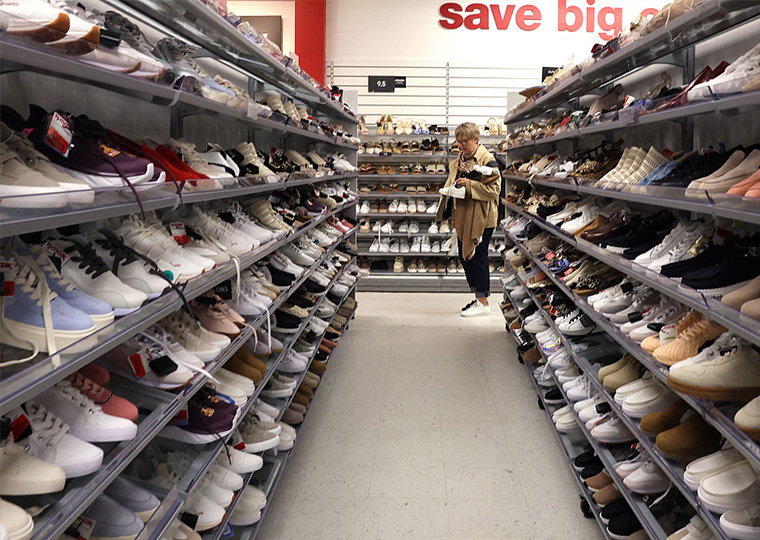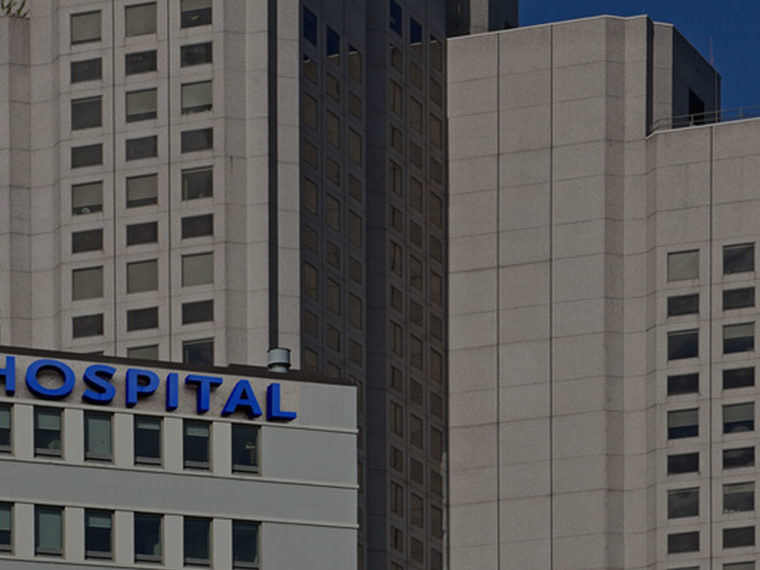Operations management research identifies synergies for more efficient action
Members of the United Nations in 2015 laid out an ambitious agenda: End poverty and hunger, achieve gender equality, promote peaceful societies and sustainable economic growth, and protect the planet. Today, though, progress on the program has largely stalled, and some countries have lost ground on the goals.
A recent midcourse report card for the agenda’s 17 Sustainable Development Goals found that while higher-income countries in Europe and East Asia are moving forward, areas such as Afghanistan, Haiti and sub-Saharan Africa continue to face significant — and in some cases worsening — challenges. Many setbacks can be blamed on the “three C’s” — climate, conflict and COVID-19. If current trends persist, none of the goals would be reached by all regions before 2030.
Greater effort is clearly needed. In a paper published in Production and Operations Management, University of London’s ManMohan S. Sodhi and UCLA Anderson’s Christopher S. Tang suggest that researchers in operations management — which looks for the most efficient use of an organization’s resources — can help speed progress by identifying synergies among the different goals. Taking advantage of these synergies, they write, would “help shape the interventions of individual governments and companies toward attaining the SDGs as much as possible without duplicating efforts or wasting resources.”
For example, operations management research has explored ways to improve the productivity of farmland and reduce the incentive to cut down forests. These methods would help protect terrestrial ecosystems (SDG 15), raise farmer incomes and reduce poverty (SDG 1), increase food security (SDG 2) and improve overall health and well-being for at-risk populations (SDG 3).
Tackling Progress Through Synergies
Sodhi and Tang, experts in operations and supply-chain management, identify several theoretical approaches used by operations management researchers that could be used to take advantage of the synergies among SDGs.
One way that operations management tries to improve performance is through the interaction among operational, tactical and strategic objectives. The SDGs have a similar hierarchy: The 17 goals include more than 140 subgoals, and progress can be tracked using 248 performance indicators. Action on a tactical subgoal can advance multiple strategic objectives.
Eliminating gender disparities in education, for example, furthers access to quality education (SDG 4), gender equality (SDG 5) and economic growth (SDG 8). Increasing resilience to disasters contributes to the goals of reducing poverty, making human settlements safe (SDG 11) and combating climate change (SDG 13).
Aligning the interests of stakeholders, another key objective in operations management, can be especially challenging with the SDGs, which seek to advance often competing interests of individuals, different parts of society and the natural world. One way to address this, proposed by Sodhi in a 2015 paper, is to identify the interests and capabilities of each group of stakeholders and to find actions that deliver the most benefits to all.
An example: Finding ways to use marine resources more sustainably (SDG 14) can improve economic conditions and reduce poverty in coastal communities.
A Layered Approach to SDGs
Another operations management approach views the SDGs as a four-layer “wedding cake,” with environmental goals on the bottom, topped by society-level goals and economic goals. (SDG 17, which calls for a global partnership for sustainable development, is “the cherry on the cake.”)
Synergies can be found by cutting across a layer or down through them. At the society layer, earlier research by Tang showed how the use of mobile phone, online, solar, AI and other technologies can improve gender equality, alleviate poverty and promote quality education. In one case, the World Bank has worked with more than 40 countries to develop digital ID systems that enable women to obtain authenticated identity documents, a prerequisite for accessing needed services. In another, UNICEF and Microsoft have developed online learning platforms that offer free lessons via mobile phone, making it possible for women to obtain education and find jobs.
Slicing down the layers highlights the way synergies can help alleviate the growing risk of world hunger, promote responsible production (SDG 12) and foster sustainable land use. Past operations management research has shown, for example, how technology-enabled information sharing can improve farm yields without exploiting vulnerable forested or marginal lands. An initiative by India’s leading food-manufacturing company, ITC, uses a mobile platform to enable farmers to share innovative growing techniques. Italian pasta-maker Barilla provides web-based, region-specific guidance for durum wheat farmers on the best times for sowing, watering, fertilizing and harvesting.
Featured Faculty
-
Christopher Tang
UCLA Distinguished Professor; Edward W. Carter Chair in Business Administration; Senior Associate Dean, Global Initiatives; Faculty Director, Center for Global Management
About the Research
Sodhi, M. S., & Tang, C. S. (2024). Seeking and Exploiting Synergies among the UN Sustainability Development Goals: Research Opportunities for Operations Management. Production and Operations Management.






